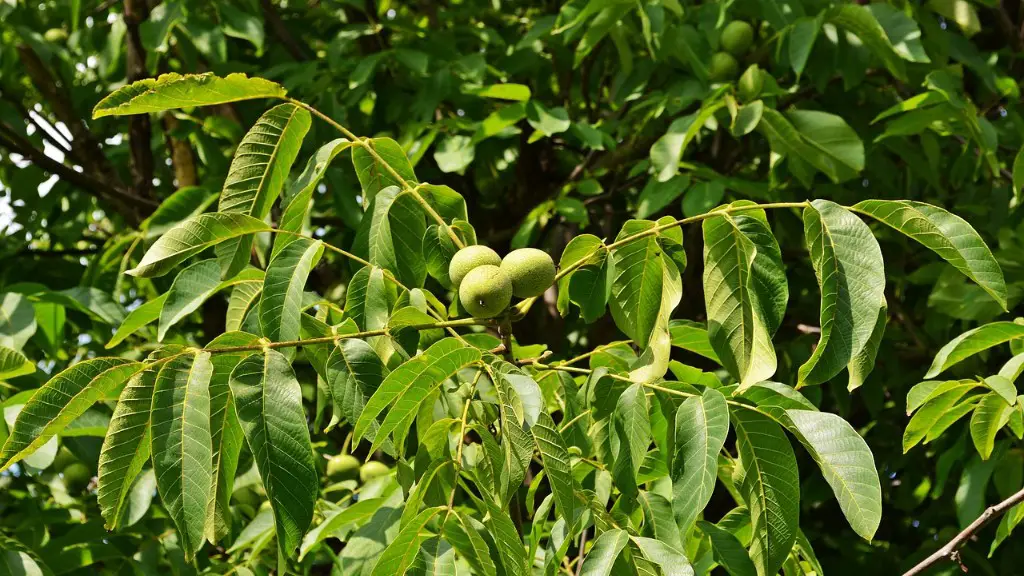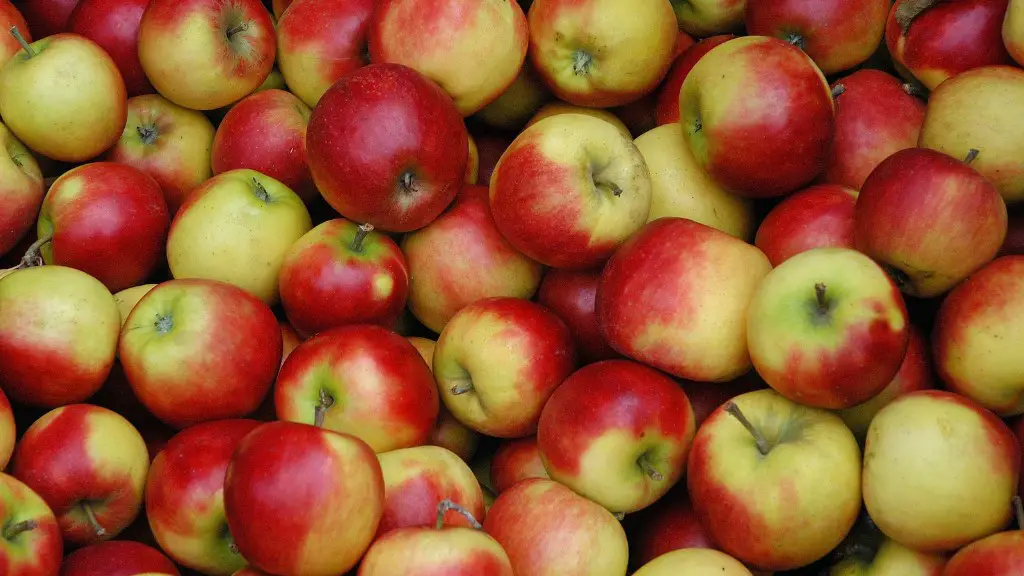Introduction:
Growing avocados from seed is a rewarding and low cost process that requires little to no specialised tools or materials. Whether for a tree for the garden, for a potted tree or to give the dry seedling a chance to grow, growing an avocado tree from seed is a rewarding experience for those with a bit of creativity and a willingness to put in the time and effort it takes to make a successful tree.
Good Growing Environment:
When you start the process of growing an avocado tree from seed, it’s important to make sure that you’re working with a healthy seed and preparing it in the right environment. You want to choose a spot that your seedling will get plenty of sunlight and ventilation. The seed should also be in a pot with loamy soil and be able to drain easily. Make sure you provide your avocado tree with plenty of water. It’s important to keep the soil damp at all times, but not too wet or it can be a breeding ground for fungus and other pests.
Growth Stages:
Once the seed is planted, it will take a few weeks for the seedling to start growing. It first starts with a root and then, a stem. As the seedling grows, you will be able to see the first leaves popping up. From here on, the seedling grows into a young avocado tree. As the tree develops, the leaves will become larger, and the branches will start to thicken.
Pruning and Training:
As the tree grows, you will need to prune and train it to get the desired shape. Pruning will keep the tree healthy and help it to produce larger and more abundant fruits. Training the avocado tree is important to ensure that the tree is able to support itself and will be able to bear fruit. Also, training your avocado tree is a great way to sculpt its growth and also show off its stunning foliage.
Fertilizing and Pruning:
To keep your avocado tree healthy and productive, you need to fertilize it as needed and prune it to keep it in shape. Fertilizing your avocado tree every now and then will help ensure that it’s getting all of the nutrients it needs. Pruning should also be done regularly to make sure that the tree is able to support itself, as well as to get rid of any dead or dying branches.
Harvesting:
When it is time to harvest, you will want to look for signs that the fruits are ripe. Depending on the type of avocado tree you have, the exact timing of ripeness will vary. Generally, when the fruits are soft, it’s time to start harvesting. When you’re ready, use a ladder to get to the higher branches and pick the fruits, being careful not to damage them or the tree.
Pests and Disease:
Caring for your avocado tree also includes keeping it free of pests and diseases. This can be done by regularly checking for signs of infestation or disease and taking steps to prevent or mitigate the problem. Keep an eye out for signs of disease such as wilting leaves and brown or yellow spots on the leaves. As for pests, common ones to look out for are aphids, mealybugs, and scale.
Planting an Avocado Tree
Getting Started:
When it comes to planting an avocado tree, you will want to start off by getting a healthy avocado seed. To do this, you can simply eat an avocado and remove the seed, or you can purchase them online or in stores. Once you have a seed, you need to prepare it for planting. This involves scraping off the outer brown coating and setting it in a bowl of warm water overnight.
Planting the Seed:
After your seed has soaked overnight, it’s time to plant it. The best way to do this is to plant the seed in a pot of moist soil. You want the seed to be fully submerged, so make sure it is buried a few inches below the soil. Cover the pot and keep it warm, and wait for a few weeks for the first sign of growth.
Water and Sunlight:
As your avocado tree grows, you will want to make sure it gets plenty of water and sunlight. Water the tree whenever the soil feels dry, and try to keep the soil damp at all times. Make sure the tree gets plenty of sunlight as well. If you can place the pot in direct sunlight, this is ideal. If not, make sure the tree is in a spot that gets some direct light each day.
Fertilizing and Pruning:
You will also want to give your avocado tree regular fertilizer to help it grow big and strong. Fertilizers that are high in nitrogen, phosphorus and potassium are best. Make sure to use fertilizer sparingly, as too much can damage the tree. Additionally, you will want to prune your tree regularly to keep it looking healthy and attractive.
Caring for an Avocado Tree
Dealing with Pests and Disease:
Avocado trees are susceptible to a range of pests and disease. In order to keep your tree healthy and free of problems, you need to keep an eye out for signs that pests or disease might be a problem. Common pests to watch out for are aphids, mealybugs, and whitefly. As for disease, look for signs of wilting leaves or yellow or brown spots on the leaves.
Protecting the Tree in Winter:
If you live in a cold climate, you will want to be sure to protect your avocado tree during the winter months. Make sure to cover the tree with a blanket or sheet of plastic to protect it from the cold. Also, make sure the tree is receiving plenty of sunlight to help it survive the winter.
Harvesting the Fruit:
When it comes time to harvest your avocados, you will want to look for signs that the fruit is ripe. Depending on the variety, the ripeness of the fruit will vary. Generally, when the fruit is soft to the touch and easily detaches from the tree, it’s ripe and ready to be harvested.
Pollinating the Tree:
In order to increase the chance of a successful crop of avocados, you may want to hand pollinate your avocado tree. This can be done by using a paintbrush to transfer pollen between the male and female parts of the tree. Alternatively, you can introduce bees or other pollinators to help with pollination.
Routine Maintenance for an Avocado Tree
Cleaning Up fallen Leaves:
You will also want to make a point of routinely cleaning up any dead leaves or other debris from around your avocado tree. This helps to keep the area clean, as well as encouraging air circulation and sunlight. As a general rule of thumb, you should do a clean up roughly once a month.
Insulating the Tree During Hot Temperatures:
Avocado trees can suffer damage in extreme hot temperatures, so it is important to protect your tree when things start to warm up. One way to do this is to cover the tree with a shade cloth, which can help keep the leaves cooler and prevent burning. Additionally, make sure to keep the soil around the tree damp, as this can help to keep the roots cool.
Fertilising Regularly:
In order to ensure the health of your avocado tree, you need to fertilize it regularly. Make sure to use a fertilizer that is appropriate for avocado trees and use it according to the package instructions. Fertilizing once or twice a month is usually enough to keep your tree healthy.
Watching for Signs of Disease:
Finally, you need to keep an eye out for signs that your tree might be ill. Some common signs include wilting or yellowing leaves, spots on the leaves, or strange growth patterns. If you see any of these signs, you should take steps to diagnose and treat the issue as soon as possible.



